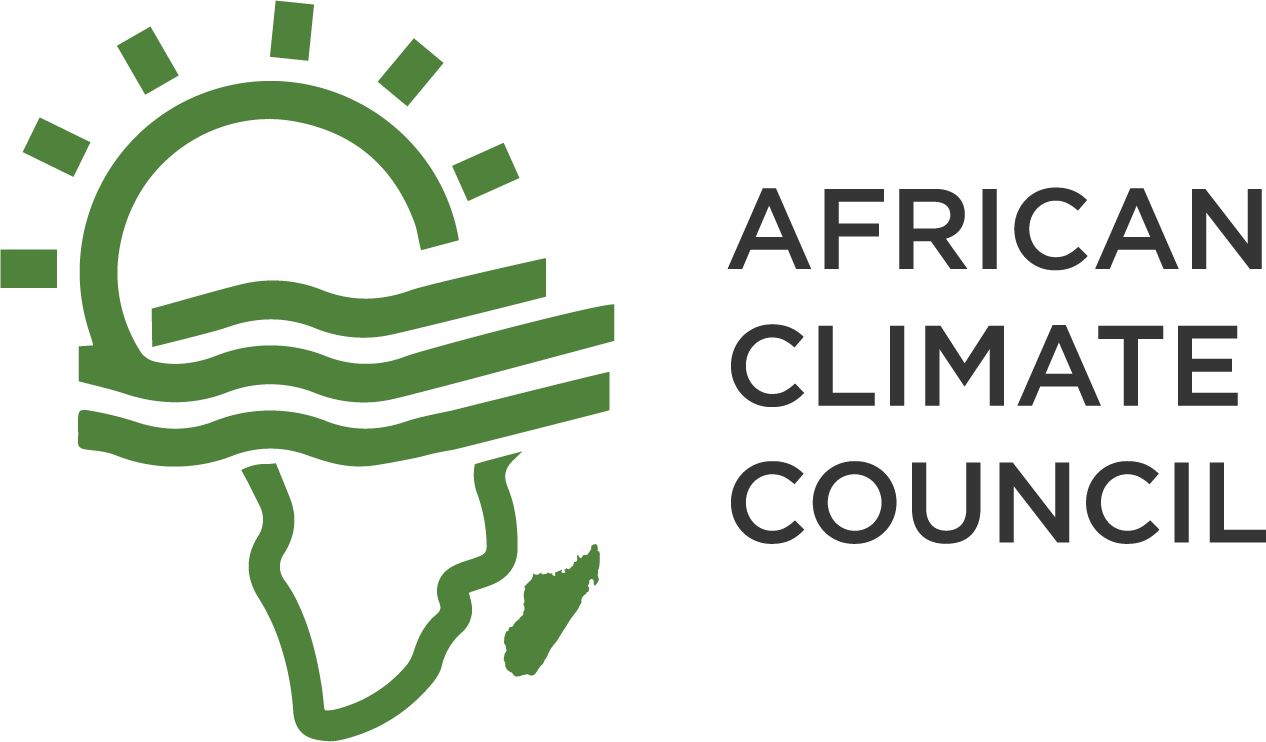
Between 2018 and 2023, Africa received $117 billion in external development finance for its food systems, with annual flows increasing by 19% to reach $21.5 billion. This is according to a new report by the International Fund for Agricultural Development (IFAD) and the World Bank, revealing a critical picture of food system financing in Africa.
Despite this substantial investment, experts and activists argue of the funding’s inequitability. Just 11 countries, including Ethiopia, Sudan, and South Sudan, received half of all financial support. Regionally, East Africa was the dominant recipient, securing 41% of the total funding, largely driven by emergency needs in crisis regions like the Horn of Africa and the Sahel.
The distribution of funds also highlights a reactive approach. The largest share (39%) targeted agricultural development, but 23% was allocated to emergency food aid and another 23% to infrastructure.
Crucially, long-term solutions like environmental projects received only 11% of funding, and nutrition-specific initiatives a mere 4%.This concentration of resources in emergency response and a handful of nations underscores a significant weakness in the strategy for achieving African food security.
The IFAD and World Bank’s report concludes that to build sustainable resilience, recipient nations must increase their own agricultural spending. This will reduce dependence on external aid and direct more investment toward long-term, transformative projects.


Add a Comment